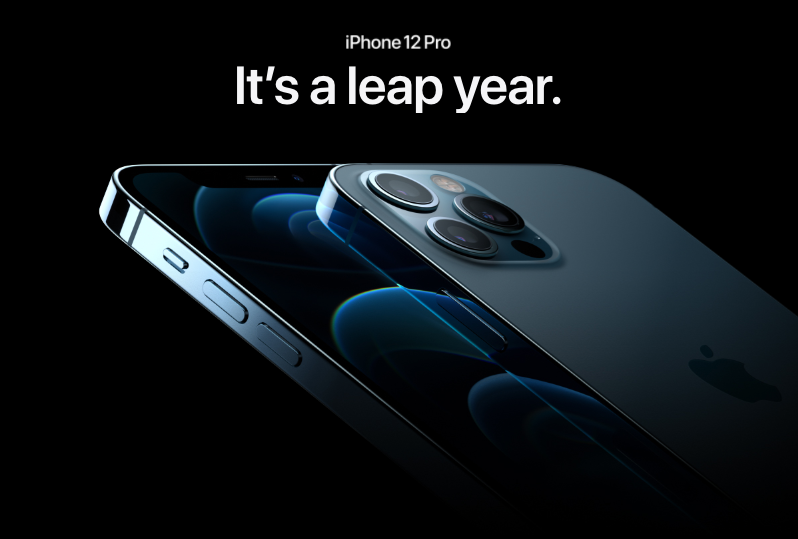
Apple launched its newest iPhone, iPhone 12, earlier this month. While many of the new features were expected, such as 5G and a refreshed design, there was one aspect on the iPhone 12 Pro that caught my eye– LiDAR.
LiDAR stands for light detection and ranging and has been around since 1961. So while the technology in and of itself isn’t new, many of the applications it’s used for are cutting edge. Take self-driving cars, for example. Self-driving cars rely on LiDAR to map the surrounding area by measuring distances of nearby objects using light rays.
So with such a powerful technology now placed into the hands of everyday consumers, how can fintechs put their developers to work to leverage the technology? Here are a handful of applications the fintech sector might be able to use iPhone 12 Pro’s LiDAR for.
Mortgagetech
With COVID keeping us socially distant, many lenders are waiving home appraisals for real estate transactions. While this may benefit the homeowner by saving them $500 or more on the appraisal, the lender, which must rely on third party data from Zillow or Trulia, may be at a disadvantage when it comes to estimating collateral values.
The LiDAR on the iPhone 12 Pro may be able to bridge the gap with its room-mapping technology. Combined with AI and machine learning technologies, computers may be able to estimate a home value more efficiently based on a home’s 3D mock-up created by LiDAR.
San Francisco-based Cape Analytics already offers a service like this. The company provides intelligence on the risk of a property for remote buyers and lenders. However, the service is limited to property exteriors.
Insurtech
When it comes to underwriting home insurance policies, the process relies heavily on input from the homeowner. This honesty system offers plenty of room for error. Not only may the homeowner incorrectly enter the square footage, they also may not know the difference between flooring types and other important details.
Once again, this is an opportunity for iPhone 12 Pro’s LiDAR room-scanning capabilities. The map may not only help insurers underwrite the home itself but may also be able to help renters determine the appropriate amount of insurance on their belongings.

Canvas app by Occipital already offers this technology for LiDAR-enabled iPads (11-inch iPad Pro 2nd Generation and 12.9-inch iPad Pro 4th Generation). The company plans to launch room-scanning for iPhone 12 Pro soon.
Security
Using facial recognition for authentication is such commonplace these days that most consumers– even those of older generations– are familiar with how it works. Unfortunately, some consumers who have tried to use facial recognition to log into their account may also be familiar with the technology’s shortcomings. For example, I was originally excited to enroll in my bank’s facial recognition login process when it came out a few years ago, but became frustrated when the technology stopped recognizing my face just weeks later.
With the LiDAR in iPhone 12 Pro promising enhanced photos, false negative issues like this could be less common. This is especially true in low-light photos, where the LiDAR captures more detail. Per Apple’s website, “Night mode comes to both the wide and ultra wide cameras, and it’s better than ever at capturing incredible low-light shots. LiDAR makes night mode portraits possible. And the wide camera lets in 27 percent more light, for greater detail and sharper focus day or night.”
The enhanced facial detail in selfie photos can not only reduce consumer frustration with false negatives but also has the potential to augment security by reducing false positives, as well.
Across sectors
One of the most versatile capabilities the addition of LiDAR brings is upgraded augmented reality (AR). LiDAR technology allows for better object occlusion, meaning that virtual objects can now appear more real by disappearing behind real objects.
While versatile, however, AR brings little value to banks and fintechs beyond entertainment and novelty. The best use cases for AR seem to be for gaming and interior design. While the fintech sector showed a bit of hype around AR and mixed reality in 2015, there still hasn’t been much value-added development in the area.
However, augmented reality is still worth keeping on the fintech radar. This is especially true as social distancing measures remain in place and people try to find entertainment online and in the virtual realm.
The post How Fintechs Can Leverage iPhone 12’s New LiDAR appeared first on Finovate.